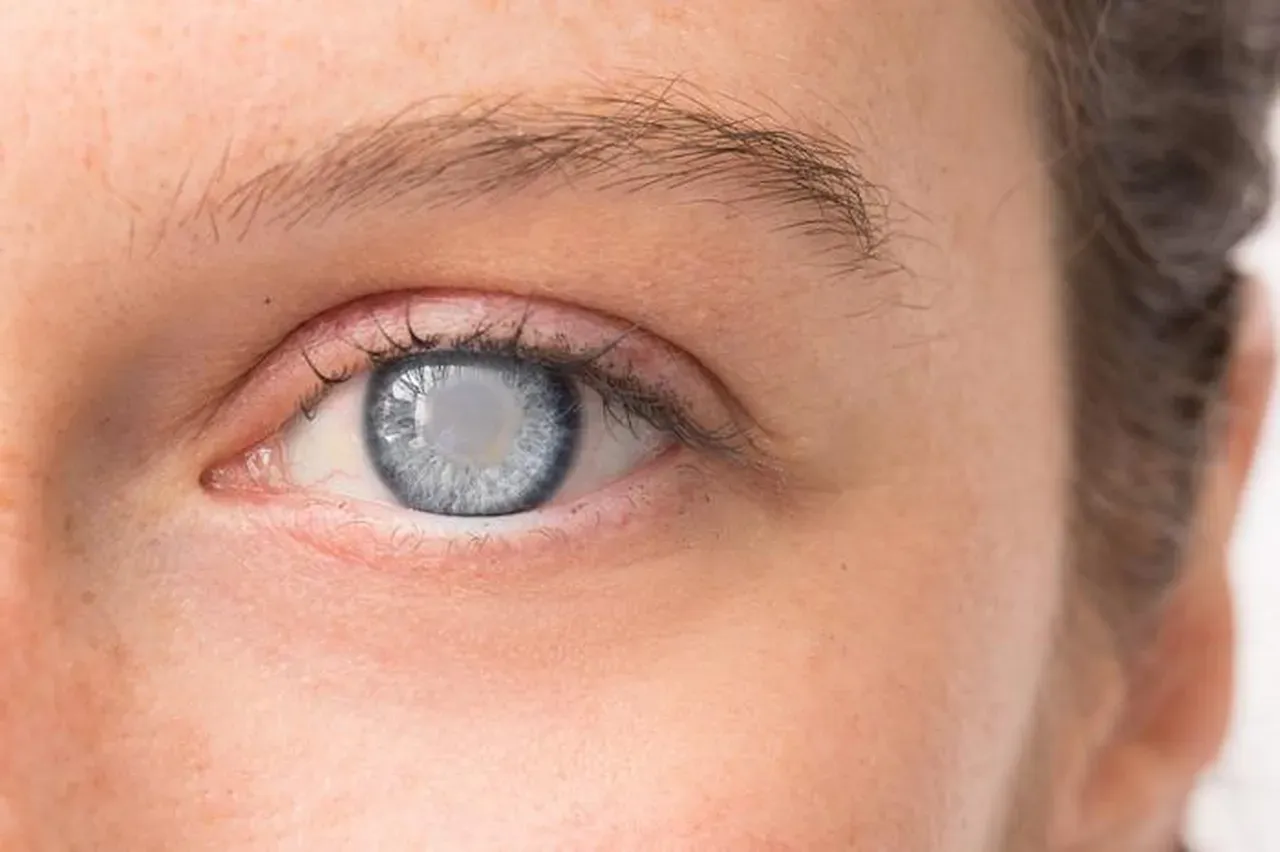The National Eye Institute projects that the number of adults in the United States living with significant visual impairment or total vision loss will more than double — going from less than four million people to over eight million — by 2050.
Why is some degree of vision loss in the cards for so many Americans? Mostly because of two key coinciding factors: a large aging population and a lack of consistent preventive eye care (only half of Americans at risk for vision loss have routine comprehensive eye exams).
Dr. Markiel Yakubov and our team at Elite Eye Care know that having regular eye exams is your best line of defense against preventable eye diseases and age-related ocular conditions that can rob you of your vision, including cataracts.
Here, Dr. Yakubov discusses different cataract types, explores associated symptoms and risk factors, and explains how you can protect your ocular health as you age.
How cataracts develop
The eye’s lens — which is situated directly behind its cornea, iris, and pupil — helps focus light onto the retina to create sharp, undistorted images. Your eyes get 70% of their focusing power from their exterior corneas; the remaining 30% comes from their interior lenses.
Healthy eyes have transparent corneas and lenses that function much like a perfectly clean window. Working together, each plays a key role in transmitting crystal-clear images to your retina so it can pass those images along to your brain.
A clouding of the lens
Cataract is the medical term used to describe lenses that have become opaque or clouded.
The eye’s lens mainly consists of water and protein. As you get older and your body tissues age, it’s not usual for the protein cells in the lens to start clumping together. These abnormal protein clusters cloud the lens, reducing the amount of light that reaches your retina.
Left untreated, cataracts only get worse: As more protein clumps develop and make the lens increasingly clouded, images appear increasingly hazy, blurry, colorless, or distorted.

Common symptoms
Most cataracts progress slowly, only causing noticeable vision problems once they’ve reached a more advanced stage. In general, this may include:
- Blurry vision that requires you to really focus on an object
- Persistently hazy vision that makes it difficult to see details
- A discolored field of vision that’s tainted yellow or brown
- Darkened vision that makes colors seem drab or less vibrant
- Double vision and light sensitivity; difficulty driving at night
- Sunlight, lamps, or headlights appear painfully bright
If you have any of these symptoms, make an eye care appointment with Dr. Yakubov as soon as possible. He can check your eyes for cataracts as well as other serious eye conditions that cause similar vision problems.
Main cataract types
Cataracts usually develop in both eyes at the same time, but they don’t always develop at the same rate. Cataracts can emerge in different ways, too. The three main cataract types are:
Nuclear sclerotic cataracts
This type of cataract starts as a gradual hardening and yellowing of the lens’s central zone (nucleus). As the most common cataract type, nuclear sclerotic cataracts tend to progress very gradually, expanding to the outer edges of the lens as time goes on.
As this type of cataract advances, it affects the eye’s ability to focus close-up. Over time, the lens may turn more densely yellow or even brown, clouding your vision and making it harder to distinguish between color hues.
Cortical cataracts
This type of cataract begins at the edges of a lens’s shell layer (cortex), causing whitish, wedge-shaped opacities or streaks. Diabetes is a major risk factor for cortical cataracts.
Cortical cataracts progress very slowly, gradually extending their “spokes” inward toward the central nucleus. These fissures cause light to scatter when it enters the eye, leading to blurred vision and problems with glare, contrast, and depth perception.
Posterior subcapsular cataracts
This type of cataract starts as a small, opaque area on the back surface (posterior) of the lens, directly in the path of incoming light. Extreme nearsightedness, diabetes, and steroid use are key risk factors for posterior subcapsular cataracts.
Posterior subcapsular cataracts tend to progress very quickly, often causing vision changes in a matter of months. They can make reading difficult, reduce your vision in bright light, and cause glare or halos around lights at night.
Protect your eye health
Most cataracts are caused by normal age-related eye changes as you get older. And while smoking, using steroidal medications, having diabetes, and other risk factors can boost your chances of developing them, advancing age remains the leading risk factor for cataracts.
Luckily, having regular eye exams can help you stay on top of your ocular health at any age, and we’re here to help. Call or click online to schedule a visit at your nearest Elite Eye Care office today. We have five New York City locations: one in Brooklyn, and four more throughout the Bronx.
